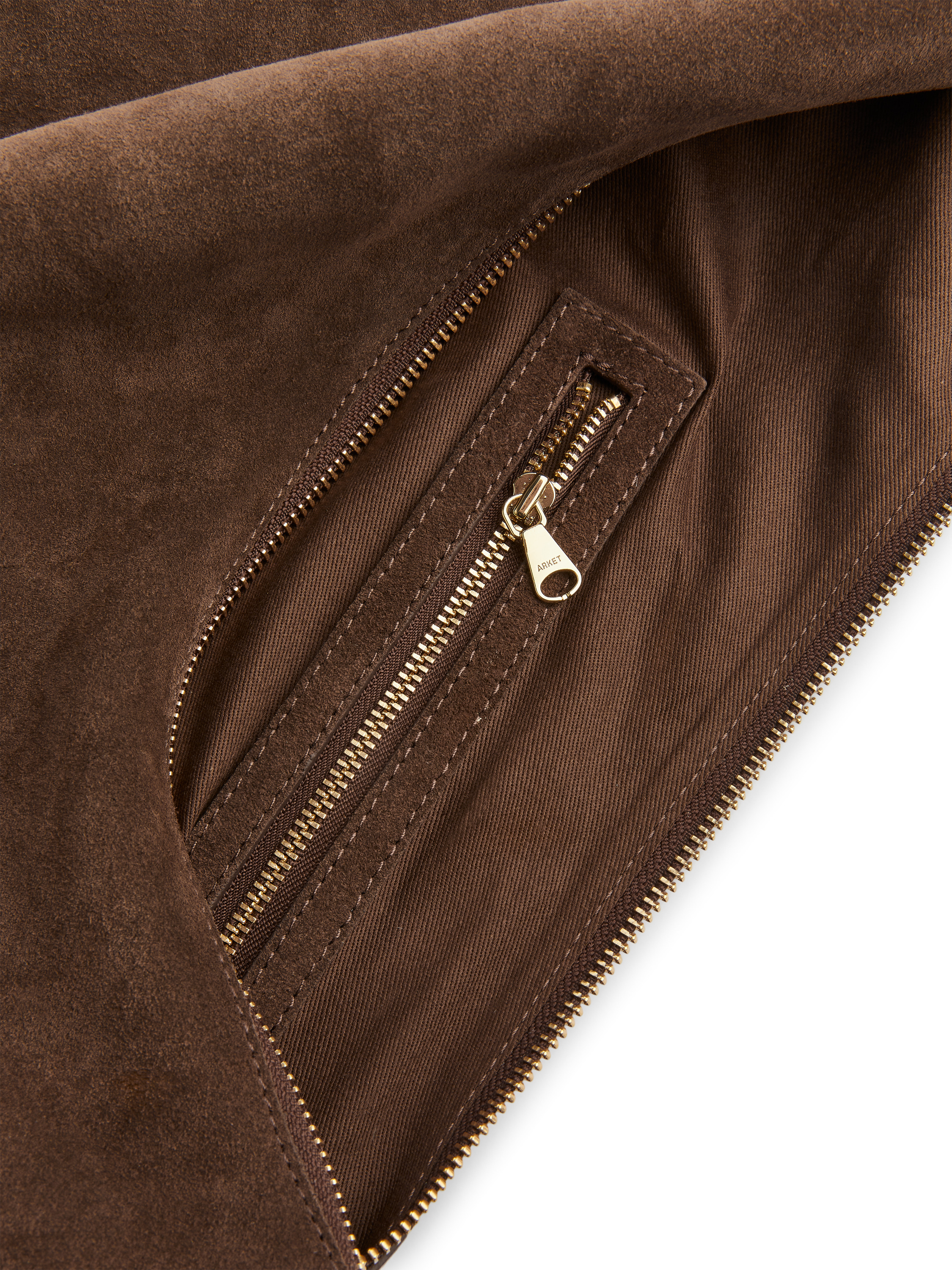Food Sevan was founded in 1989 by Hratch Maroutian, an Armenian businessman with roots in Syria and Lebanon, who came to Sweden in the 1960s. He started out importing what he considered to be the best of Middle Eastern cuisine, driven by the ambition to inspire people to gather over meals and thereby contribute to a more curious, understanding, and welcoming society. This mindset is still, together with dedication to sustainable production, at the core of Sevan – merging traditional food cultures with contemporary directions like plant-based diets, local farming, and Nordic flavours.
The Sevan business grew throughout the years, and they soon managed to get their own products on the shelves of leading Swedish retailers and food caterers. Today, Sevan operate from a new factory located in Rosersberg, north of Stockholm, where you also find the company group head-quarters and an in-house lab and test kitchen. At the factory, they pack and produce hummus, fresh falafel, and Middle Eastern dips like baba ganoush and muhammara, as well as dry goods like Lebanese rice, golden raisins, and pearl couscous. As members of BSCI Amfori and certified by EU Organic production, Sevan aim at developing more sustainable food chains both locally and globally.
On a local level, they work closely on exploring the use of Nordic produce in traditional Middle Eastern recipes such as hummus and falafel. The major share of the local Swedish transports is also connected to a climate compensation program. They work constantly to minimise production waste in the process as well as extending energy recycle processes.
Chickpeas are a staple in the Middle East and the main ingredient in classic hummus. On the traditional meze table, hummus is always present, usually served on a flat plate and topped with olive oil and dry spices like za’atar or sumac. For ARKET Café, Sevan produce a split pea hummus made from organic dry peas grown in Sweden. The peas are harvested, dried, sorted and packed at Sevan’s supplier, then shipped to the warehouse in Rosersberg, where they are stored under controlled temperature until used in production.
After being soaked and cooked, the peas are carefully mixed into perfect texture where the nutty notes of the peas add a well-balanced flavour together with garlic, lemon, and chilli. After production, the hummus is packed and frozen – to maintain its taste and reduce waste – and kept in storage until it is shipped to our cafés.



